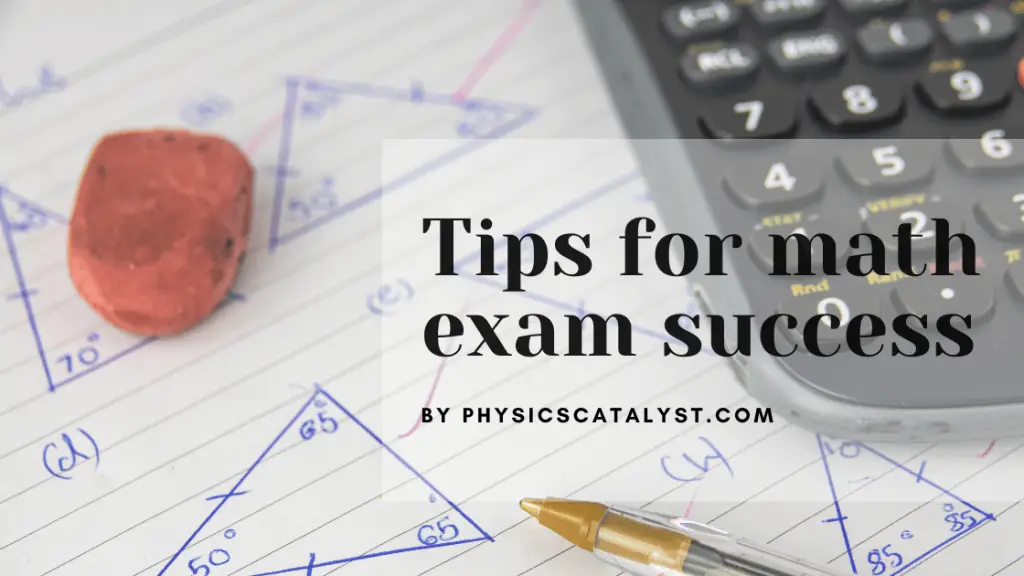Here are some Important questions for Class 7 science Nutrition in plants and Animals
Nutrition in plants
Short Answer type questions
1. Where do plants synthesize their food?
2. Why are algae green in colour? Where do they grow?
3. What are the various components of food?
4. Why do organisms need to take food?
5. Name the pores through which leaves exchange gases.
6. How does the following raw material reach the leaves of a plant for preparing food
a. Water and minerals
b. Carbon-dioxide:
7. Explain photosynthesis in brief. Give an equation to represent the process.
8. If two similar potted plants A & B are taken such that:
Plant A is kept in the dark or a black box for 72 hours (3 days),
Plant B is kept in sunlight. Iodine test is conducted with the leaves of both plants.
Which plant leaf tests positive for the test and Why?
9. Why is the sun considered as the ultimate source of energy for all things?
10. Define the following and give one example of each: a. Autotrophic nutrition b. Heterotrophs
11. test a leaf for presence of starch.
MULTIPLE CHOICE QUESTIONS:
1. Plants take carbon dioxide from air during photosynthesis from
a. root hair
b. leaves
c. water
d. flowers
2. Presence of starch can be tested by
a. alcohol
b. iodine
c. water
d. hydrochloric acid
3. Which part of plant gets CO2 from air during photosynthesis?
a. root hair
b. sepal
c. stomata
d. leaf vein
4. Green plants are also known as
a. autotrophs
b. heterotrophs
c. carnivores
d. saprophytes
5. The green pigment in leaves help to
a. make food
b. absorb water
c. absorb sunlight
d. take in CO2
6. In a cactus plant, the part responsible for photosynthesis is
a. leaf
b. thorn
c. root
d. stem
7. Which of these products is not stored as food in plants
a. protein
b. vitamins
c. oxalic acid
d. oil
8. The simplest carbohydrate made as food during photosynthesis is
a. starch
b. sugar
c. glucose
d. oil
9. Cuscuta plant can be categorized as
a. parasite
b. insectivorous
c. saprophyte
d. host
10. The plant that traps and feeds on insects
a. cuscuta
b. china rose
c. rose
d. pitcher plant
11. The leather objects that are kept in hot humid weather for a long time are spoiled due to the growth of
a. algae
b. yeast
c. fungi
d. moss
12. The Rhizobium bacteria lives inside the root nodules of
a. peas
b. beans
c. peanuts
d. all of the above
Nutrition in animals
Short Answer type questions
1. Name the largest gland of the human body.
2. Give the function(s) of the following:
a) Rectum
b) Caecum in ruminants
c) Pseudopodia
d) Large intestine
e) Gall Bladder
3. Give any two functions of our tongue besides talking.
4. What would happen if there are no villi in the walls of small intestine?
5. Differentiate between ingestion and egestion.
6. Give reasons, why cows are able to digest cellulose and not humans?
7. What is the role of pseudopodia in nutrition in amoeba?
8. What is mastication?
9. What are secreted inside the stomach?
10. Describe nutrition in amoeba.
Related Notes and Material
Nutrition in Plants
Notes
- Introduction
- Mode of nutrition in plants
- Photosynthesis
- Other modes of nutrition in plants
- How nutrients are replenished in the soil
Assignments
NCERT Solutions
Revision Notes
Nutrition in animals
Notes
- Introduction
- Process of nutrition in animals
- Nutrition in Simple organisms
- Human Digestive system
- Digestion in grass eating animals
Assignments
NCERT Solutions
Revision Notes
